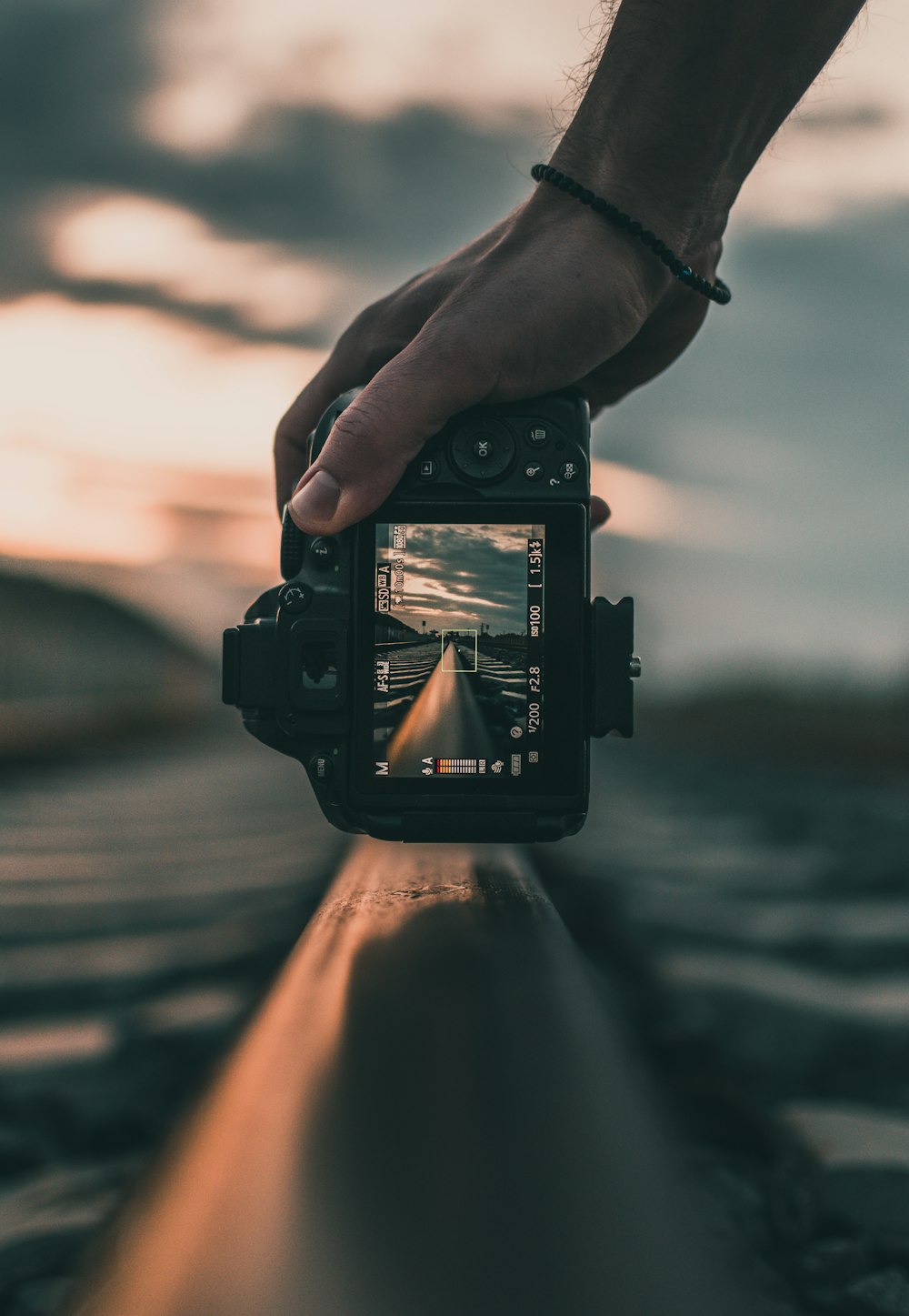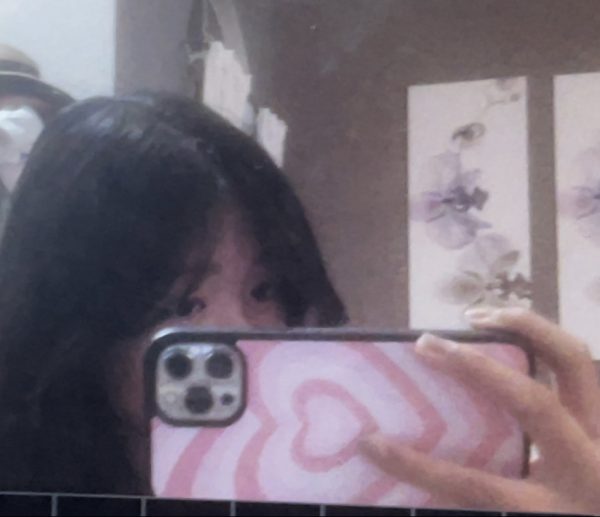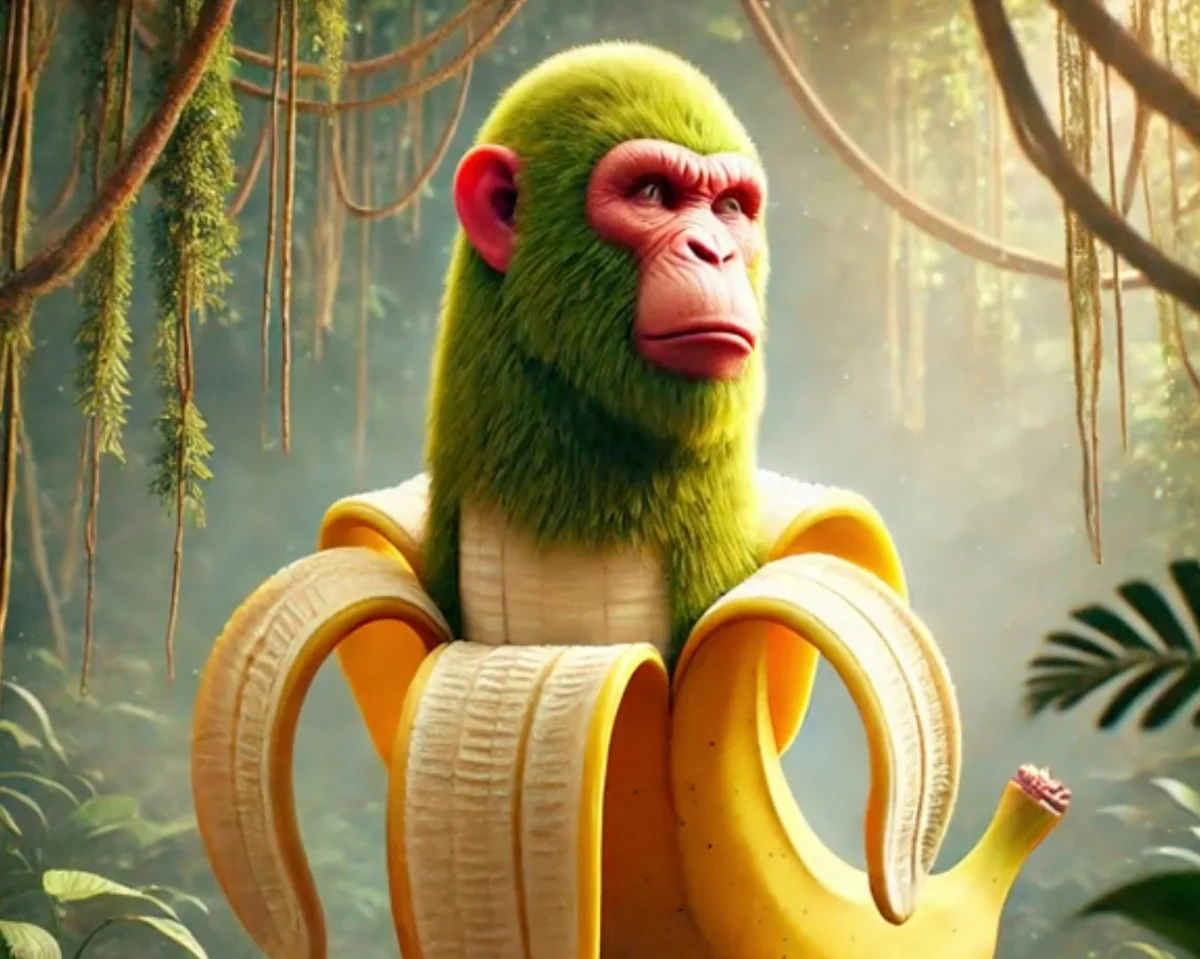The History of Cameras
December 13, 2023
The camera has a long and fascinating history that dates back hundreds of years. The first early camera-like device was the camera obscura, a small device that projected an upside-down image onto a screen or wall. This concept was first documented by the ancient Chinese philosopher Mozi in the 4th century BCE, but it wasn’t until the Renaissance that it was used as a practical tool for artists and scientists. The school offers a photography program that helps students understand the elements of the camera better. Here at Santiago, you don’t realize it but everyone around us has a camera. In our age, cameras are mostly found in the phones that we use every single day. Back then, they didn’t have our high technology and had to manually develop photos before they can actually see it. Here’s how the cameras we have now came about.
Cameras are used everywhere we go and have evolved in many ways since the 1800s which is when the first prototype was created. During the 19th century, several inventors contributed to the development of the modern camera. In 1816, Frenchman Nicephore Niepce created the first permanent photograph using a camera obscura and a sheet of pewter coated in bitumen. He called this process heliography, and it was the precursor to modern photography. Over the centuries, various other inventors and scientists made improvements to the Camera Obscura, adding lenses and mirrors to make the image clearer and brighter. However, it wasn’t until the 19th century that the first truly portable camera was invented by Frenchman Louis Daguerre. His photography process used a metal plate coated with a light-sensitive chemical to create a permanent image, which could then be developed and printed.
Over the following decades, cameras continued to evolve, with the introduction of 35mm film in the 1920s and the first electronic cameras in the 1970s. The rise of digital photography in the 21st century has led to a dramatic shift in the way we capture and share images, with smartphones and other devices making photography easier and more accessible than ever before. The daguerreotype, invented by Louis Daguerre in 1839, was the first commercially successful photographic process. It involved exposing a silver-coated copper plate to iodine vapor, then to mercury vapor, and finally to light. The resulting image was fixed with a salt solution and could be viewed in a special holder. In 1888, George Eastman introduced the Kodak camera, which was the first camera to use roll film instead of plates. This made photography more accessible to the masses, and Kodak went on to become one of the most successful camera companies in the world.
By the late 1800s, cameras were becoming more widely available and affordable, and amateur photography became a popular hobby. Over the years, cameras have evolved significantly, with digital technology revolutionizing the field in the 21st century. Today, there are many different types of cameras available, from compact point-and-shoot cameras to high-end professional DSLRs. Smartphone cameras have also become increasingly popular, with many people using them as their primary cameras.
Today, cameras come in a wide range of shapes and sizes, from simple point-and-shoot models to high-end professional DSLRs and mirrorless cameras. Regardless of the technology involved, however, the basic principle of capturing and preserving images remains the same, making photography one of the most enduring and beloved forms of artistic expression. Despite the changes in technology, the camera remains an important tool for capturing and preserving memories and documenting history. From the first camera obscura to the latest digital camera, the camera has come a long way and continues to evolve with new innovations and advancements.














